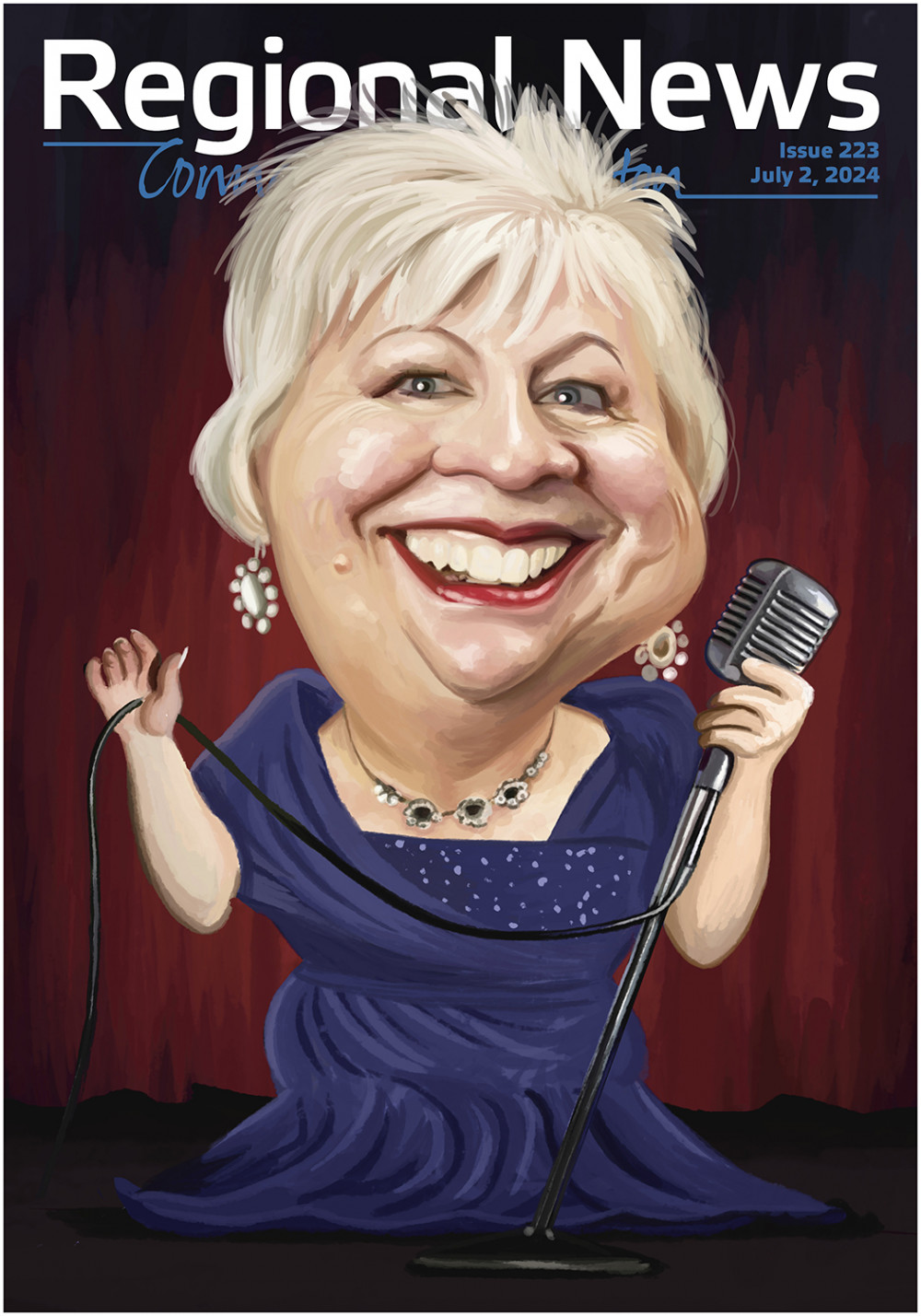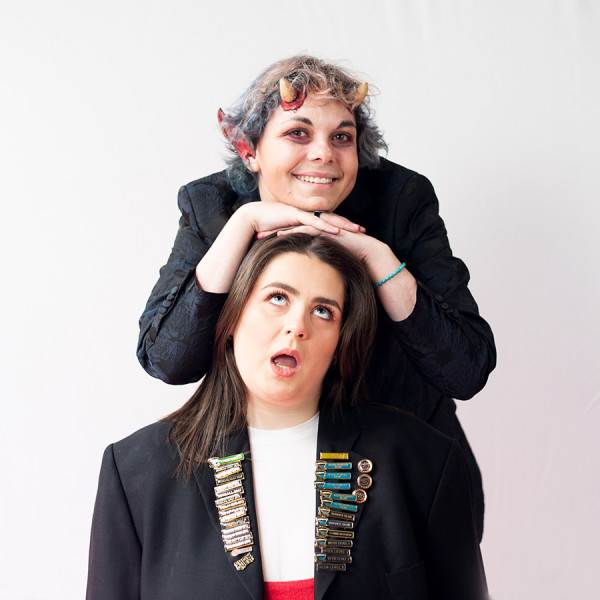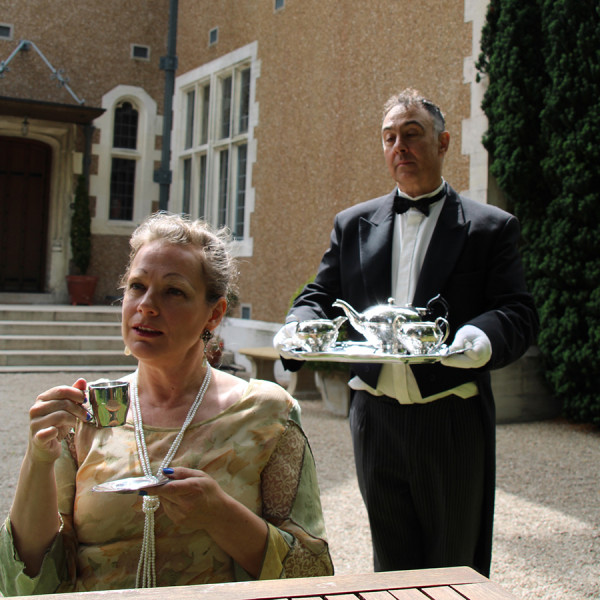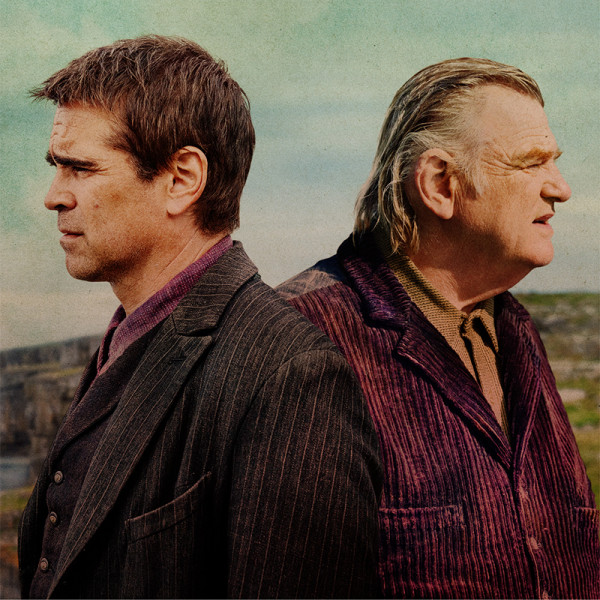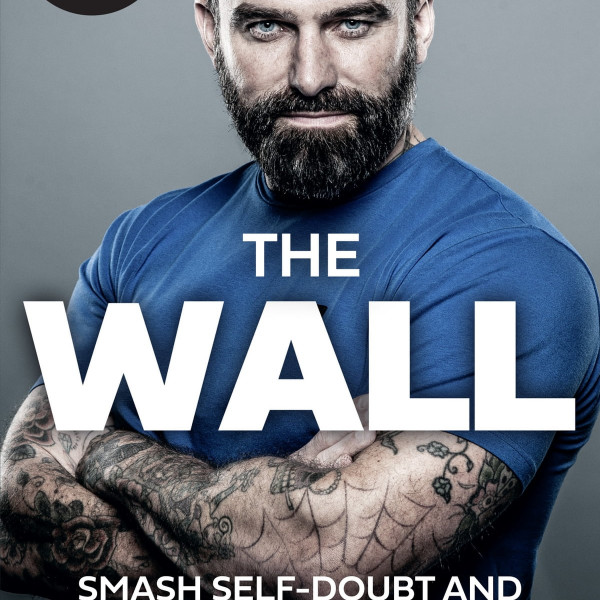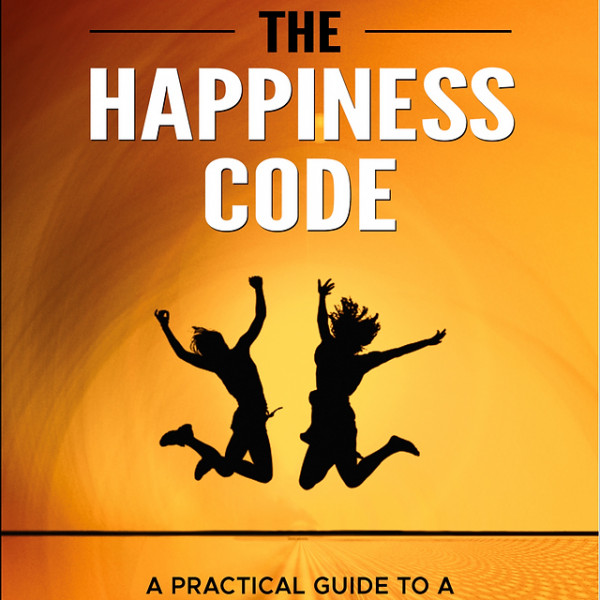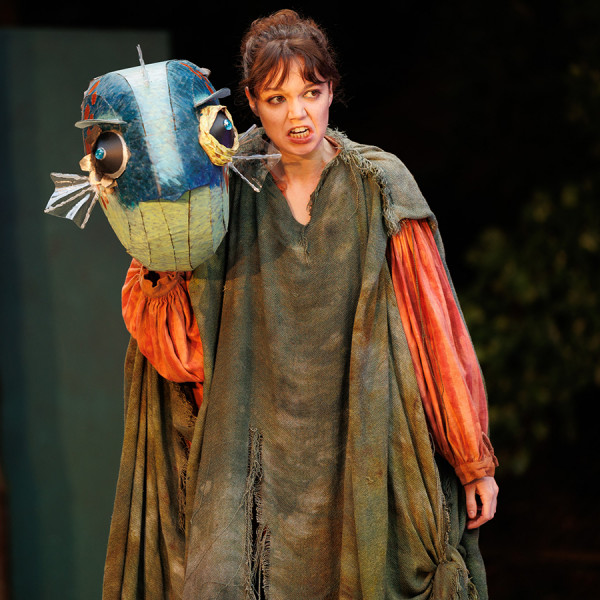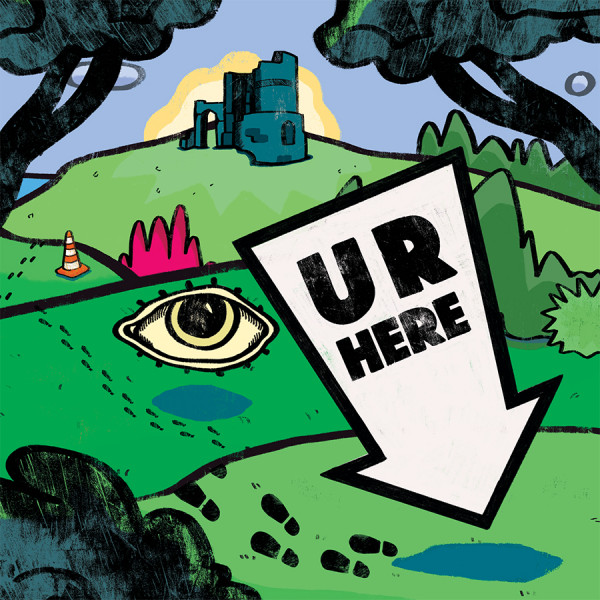
U R Here
Presented by: Barbarian Productions
Directed by: Jo Randerson
Martin Luckie Park, 25th Feb 2023
Reviewed by: Stanford Reynolds
U R Here by Barbarian Productions is a unique experience – a choose-your-own adventure walk through Martin Luckie Park filled with surreal attractions and a story that can only unfold through exploration. Despite damp weather there is a reasonable turnout of people, so the park is bustling with an audience of all ages, surrounded by performers in loud, eccentric costumes. It feels like a carnival from another planet, and appreciation must be given to the craftsmanship of the quirky costumes, puppets, props, and set elements (set and costume design by Frankie Berge, puppets by Roxanne Black).
We are guided through the first part of the experience by enthusiastic ‘aunties’ in 80s athletic wear before setting out “into the unknown”. Our journey begins in a field with a range of games and activities. I particularly enjoy the zone covered in balls of mud with popsicle sticks in them, created by the audience over the day. We are asked to make one ourselves and write on the stick something we “know to be true”. This is one of many subtle ways that we are asked to reflect on ourselves before setting out on the wider adventure through the park. These self-observations turn the experience introspective as we consider who we are and genuinely see ourselves in the space. This idea is expanded on as we continue through the park and the devoted performers react to our input – we are as much a part of the performance as they are, and the story only progresses if we do.
This makes for a fascinating experience. The large performance area is taken advantage of to continually hide the next attraction from view around a bend. However, this does mean some of the walks between attractions are rather steep and slippery.
I find myself often asking, “Is this part of it?” when coming across different parts of the park, which, depending on your perspective, could be exasperating or exciting. U R Here is what the audience makes of it, and if you aren’t excited to participate, the frustration can outweigh the fun. Overall, I enjoyed the experience, and applaud Barbarian Production’s experimentation.



